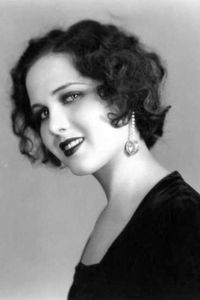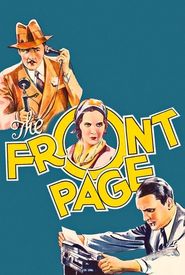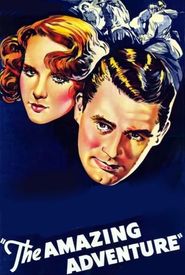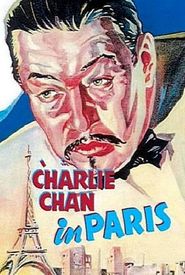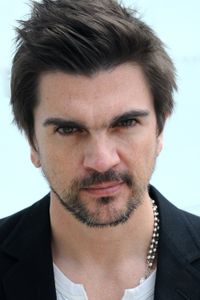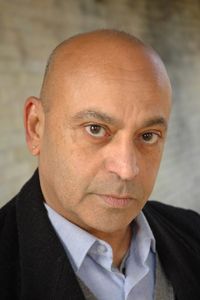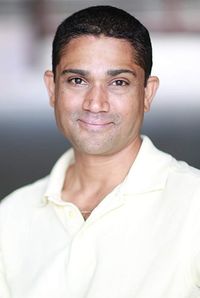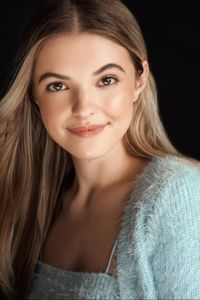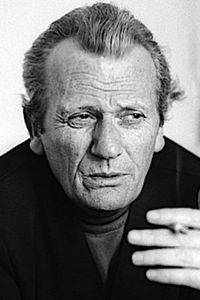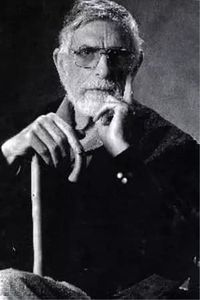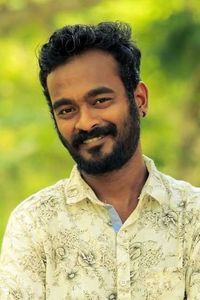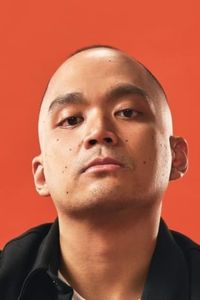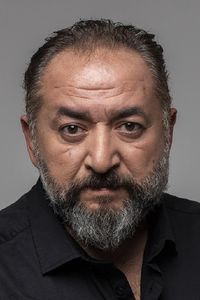Mary Brian, also known as "The Sweetest Girl in Pictures", was born Louise Byrdie Datzler in Corsicana, Texas. She moved to California with her widowed mother in 1923 to pursue a career in the film industry. After several unsuccessful attempts, she won a bathing beauty competition in Long Beach, which led to a letter of introduction to Herbert Brenon at Paramount.
Mary's big break came when she was screen-tested for the role of Wendy in Peter Pan (1924),co-starring Betty Bronson and Esther Ralston. She not only got the part but also a five-year contract with Paramount (1925-30) and a new name.
In 1926, she became one of the WAMPAS Baby Stars, further enhancing her popularity. During the next few years, she played ornamental leads and second leads as adolescent heroines, co-eds, and ingénues. Many of those early silent features no longer exist today, although some, like The Air Mail (1925),can still be accessed at the Library of Congress.
Mary effortlessly made the transition from silents to talkies, co-starring with Gary Cooper in The Virginian (1929) and with W.C. Fields in Running Wild (1927) and The Man on the Flying Trapeze (1934).
Signing up for another four-year contract, Mary was part of the all-star cast in the musical Paramount on Parade (1930) and then had a good part in the first talkie version of The Front Page (1931). However, she was dropped from her contract when Paramount began to favor glamour and sophistication over innocence and charm.
From 1932, Mary freelanced and occasionally performed in vaudeville at the Palace Theater. Her last good picture was the romantic comedy Hard to Handle (1933),with James Cagney as a grifter. In 1936, she went to England, where she co-starred opposite Cary Grant in The Amazing Adventure (1936).
Mary's motion picture career faded after 1937, and she turned to the stage. In 1940, she went on tour with "Three after Three" alongside Simone Simon and Mitzi Green. Later, she entertained American troops in the South Pacific as part of the USO.
In the 1950s, she enjoyed a brief resurgence on television as the mother of a "Gidget"-type teen in the syndicated sitcom Meet Corliss Archer (1954). After the death of her second husband, film editor George Tomasini, Mary spent her retirement fulfilling a lifelong passion for portrait painting.
